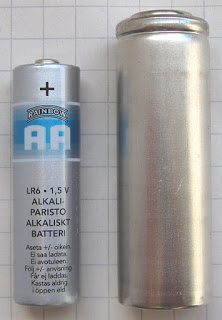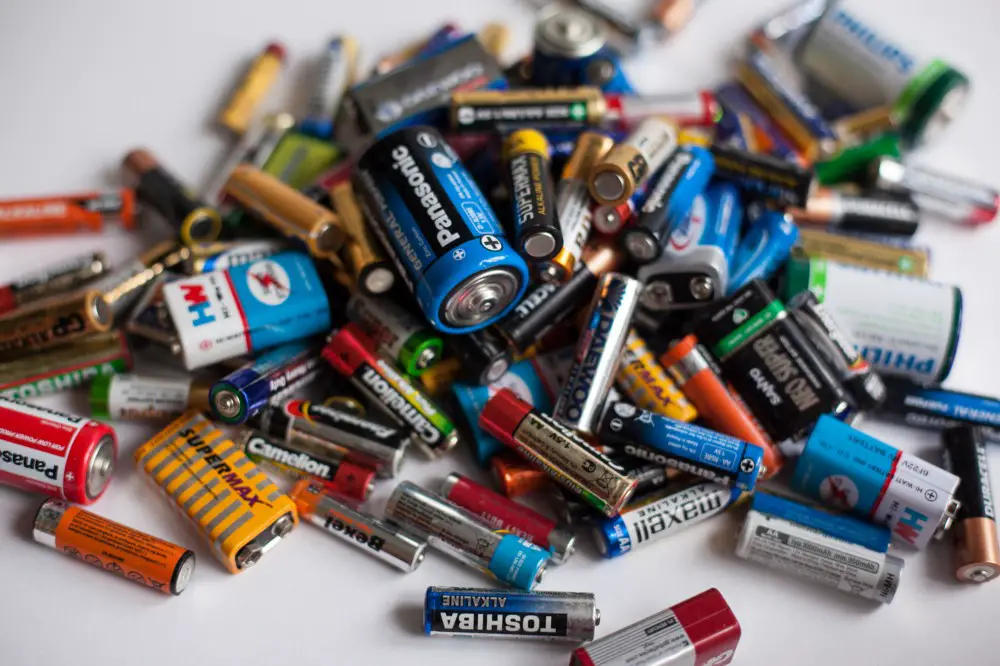We’ve all heard of the different sizes of batteries; AA, AAA, C, and D. But what happened to the B size battery, and did it ever even exist?
The B size battery did, in fact, exist. Early on, there were many different manufacturer specifications for dry-cell batteries and many different national standards, so the naming of batteries was far from uniform. After World War I, battery manufacturers and different government institutions decided a standard needed to be developed for battery sizes to make things a lot easier in the world of batteries.
Based on the proposals from these groups, the American Standards Association, which would later become the American National Standards Institute (ANSI), began giving batteries designations in accordance with their size in the late 1920s. The letter “A” designated the smallest battery, and the larger batteries were named B, C, D, and so on. There was even a “№6” battery that was 6-inches long. It got grandfathered into the system and got to keep its name, likely because it was popular at the time. It was also one of the first dry cell batteries to replace the often more dangerous early “wet cell” batteries.

The B battery’s fade into obscurity really happened because the market for them just simply dried up. With the designation of AA, and later AAA which took place in 1959, the B battery didn’t have a consumer niche to keep them commercially viable. C and D batteries found their way into products with more energy demands, and AA and AAA batteries found their way into smaller devices that suited their energy output. There was just no more room, or need, for the B battery.
Even though the B battery had to take a ride to the dustbin, the current designation system for batteries is far from being simple, however. There are 1/2 AA batteries which are used in small electronics, and AAAA, which are used in calculators or pen flashlights. Then you can get into the designations for the non-cylindrical types, such as the common 9-volt battery.
There are camera batteries and button cell batteries with the international designation of CR, which indicates a lithium manganese dioxide chemistry type battery. There’s also an SR designated battery, which uses silver oxide chemistry in button cell type batteries. This doesn’t even take into account the international designations for some batteries where the ANSI names are slightly different. This makes the world of batteries confusing once again. Many of these batteries are sure to join the B battery as something that once was and may never be again.


